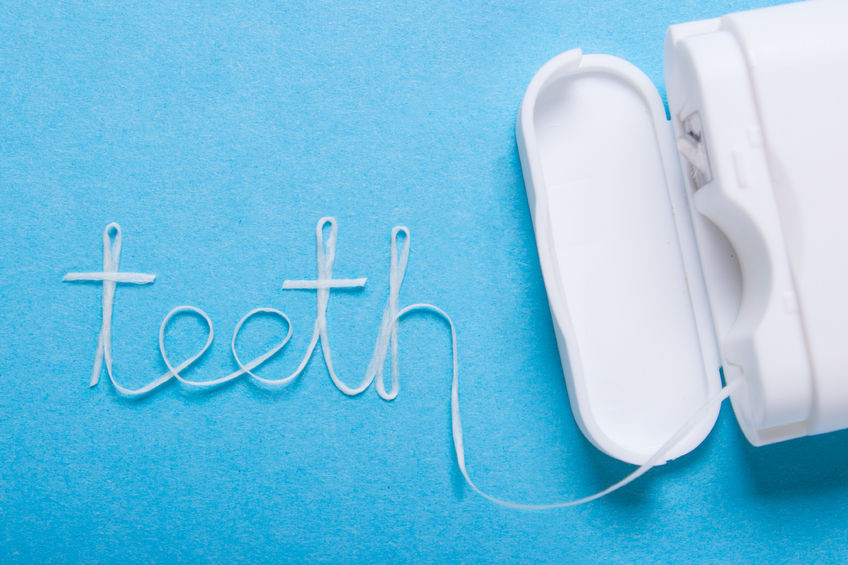 Did you know that flossing can help prevent cavities and gum disease? Then why is that most of us don’t floss as much as we should be? In an article published by www.healthywomen.org it states, “The American Dental Association reports that only 50 percent of Americans floss daily, 31 percent less than daily and 18 percent don’t floss at all.” With the impact that flossing has on our teeth, we should be making more of an effort to floss on a regular basis. To learn some more interesting tips and facts about flossing, please continue reading this post.
Did you know that flossing can help prevent cavities and gum disease? Then why is that most of us don’t floss as much as we should be? In an article published by www.healthywomen.org it states, “The American Dental Association reports that only 50 percent of Americans floss daily, 31 percent less than daily and 18 percent don’t floss at all.” With the impact that flossing has on our teeth, we should be making more of an effort to floss on a regular basis. To learn some more interesting tips and facts about flossing, please continue reading this post.
- One may think that there is a certain time that you should floss but actually it really doesn’t matter when you floss. It’s just a good habit to floss at least once a day whether it’s before you brush your teeth or after. It might be a good idea to floss at night before sleeping so that you’re done eating for the day and you can go to teeth with clean teeth rather than having a day’s worth of food stuck between your teeth.
- If you’re someone who wants to get into flossing, trying putting floss in your purse or work bag, an office drawer or even keep some in your car. When you get some free time at hand then go ahead and floss because you actually don’t need a mirror to floss. The goal is that if you keep floss within a hands reach, then you should have no excuse for not flossing.
- Flossing is extremely important in order to prevent plaque buildup around the teeth. The great thing about flossing is that it cleans the areas between your teeth that your toothbrush can’t get to. If you don’t remove this plaque, it can build up between and around your teeth and cause far worse problems. The plaque that builds up can eventually turn into calculus or tartar which will then lead to gum disease.
- Flossing isn’t the only things you can use to clean in between your teeth. There are other products that you can use that work just as well as floss. You can purchase miniature brushes that fit between teeth, or you can get a tool with a rubber tip that allows it to fit between teeth as well.
- If you already floss then you shouldn’t be experiencing any pain but if you’re new to flossing then you may experience some slight pain especially when you first start to floss but don’t worry because within a couple of weeks you’ll start to feel less pain and be more comfortable.
- When flossing, make sure that you floss properly and use the right amount of pressure so that you are getting between your teeth and cleaning. Don’t apply to much force while flossing or else you may end up damaging the tissue in between your teeth.
- It is a good idea to get your children flossing at an early age so that they can develop this good habit at an early age. The best time to start is when you notice that they have two teeth that are growing side by side together.
Hopefully, after reading this post you’ll be more convinced and diligent about flossing if you aren’t already. If you have any questions or concerns about flossing then speak with your dentist so they can assist you.
